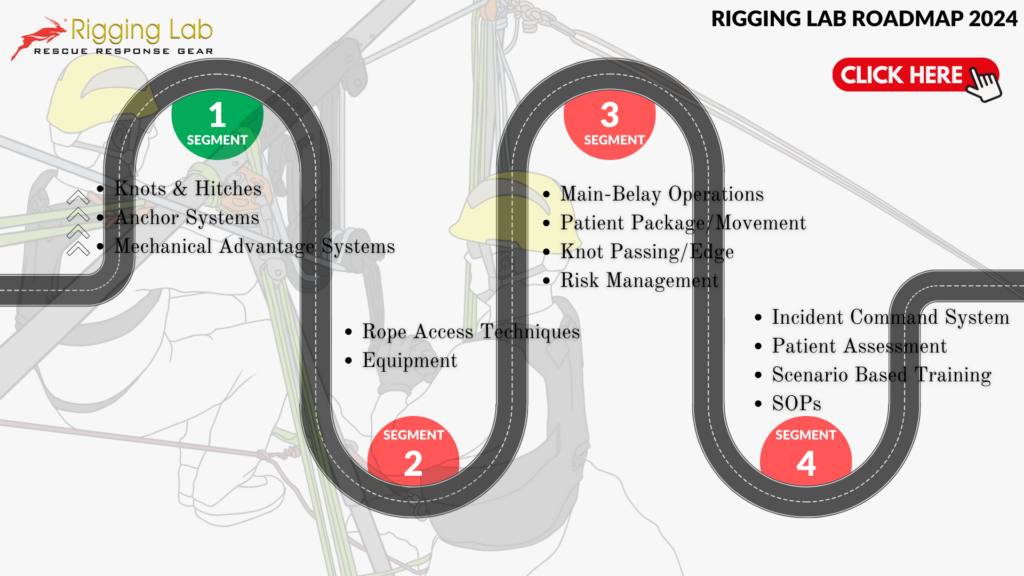“The following theory is one I’ve been developing for several years. Now, with Raven Business Coaching fully operational, it seems like the perfect time to delve deeper into this concept. The idea connects the physical principles of resultants and force vectors, which are vital in rope rescue operations, to the business dynamics of supply, demand, and capital—the components of Dibello’s Triad. This approach not only enhances our understanding of practical rescue operations but also provides a unique framework for addressing business challenges. By exploring these principles further, we can unlock new insights and strategies that benefit both fields, leveraging Raven Business Coaching as a platform for innovation and improvement.”
Introduction:
In the critical field of rope rescue operations, the concepts of “resultants” and “force vectors” are essential for maintaining safety and effectiveness. These physical principles ensure that all components of a rescue setup, like tripods or artificial high directionals, are stable and secure under load. But how do these concepts translate outside of the physical world? In business, similar principles can be observed in the dynamics of supply, demand, and capital—elements of Dibello’s Triad. This article explores how the principles used in rope rescue can provide profound insights into effective business management, offering a unique perspective that benefits both rescue professionals and business leaders.
Section 1: Resultants in Rope Rescue and Business Supply Rope Rescue Context:
Resultants represent the combined effect of all forces acting within a system, pivotal for the stability of complex setups in rope rescue. For instance, when using a tripod for a high-angle rescue, understanding the resultant force is key to ensuring that the load is balanced correctly across all support points, preventing any potential system failure.
Business Application:
Similarly, in business, supply can be considered the resultant of multiple contributing factors such as labor, technology, materials, and logistics. A balanced supply chain is akin to a well-set rescue system, where all elements must align perfectly to meet production goals efficiently. Misalignment in this balance can lead to bottlenecks or surplus, much like how improper load distribution can compromise a rescue operation.
Section 2: Force Vectors in Rescue Scenarios and Market Demand Rope Rescue Context:
Force vectors in rope rescue illustrate the direction and magnitude of forces that affect the setup and stability of rescue systems. Understanding these vectors is crucial when configuring ropes and anchors to adapt to the physical environment, ensuring that the forces are distributed in a way that supports the rescue load.
Business Application:
In the business world, demand acts as a force vector that pulls on the company’s supply chain. Companies must understand and anticipate the direction and strength of consumer demand to align their operations accordingly. Just like in rope rescue, where the angle of ropes can significantly impact system stability, the angle of market demand can dictate business strategy and product offerings.
Section 3: The Role of Capital in Stabilizing Operations and Achieving Business Equilibrium Rope Rescue Context:
Capital in rope rescue encompasses not just the financial aspects but also the training and expertise of the rescue team. Adequate capital investment ensures that rescue personnel are well-equipped and knowledgeable about the latest techniques and safety standards, allowing them to handle complex rescues effectively.
Business Application:
Capital in business, including financial resources, infrastructure, and human resources, stabilizes a company’s operations. It allows businesses to invest in the right areas, ensuring they are prepared to meet market demands and adjust to changes efficiently. Just as balanced forces lead to a stable rescue operation, balanced capital investment leads to a robust and resilient business.
Conclusion:
By understanding and applying the principles of resultants and force vectors, both rescue operations and business management can be enhanced significantly. These principles offer a framework for analyzing and improving practices across different scenarios, whether balancing forces in a rescue operation or aligning supply with demand in business. Continual learning and adaptation in these areas not only enhance safety and efficiency but also drive success in increasingly complex environments. Thus, both rescuers and business leaders are encouraged to delve deeper into these concepts, fostering a culture of innovation and continual improvement.
Sidebar: Practical Applications
- In Rope Rescue: Real-life case studies where understanding resultants and force vectors prevented accidents.
- In Business: Examples of companies that realigned their supply chains or optimized capital deployment effectively by understanding these principles.
This article serves as a comprehensive guide to understanding key physical and economic principles, providing valuable insights that can be applied in various professional fields for better operational outcomes.
Peace on your Days
Lance










